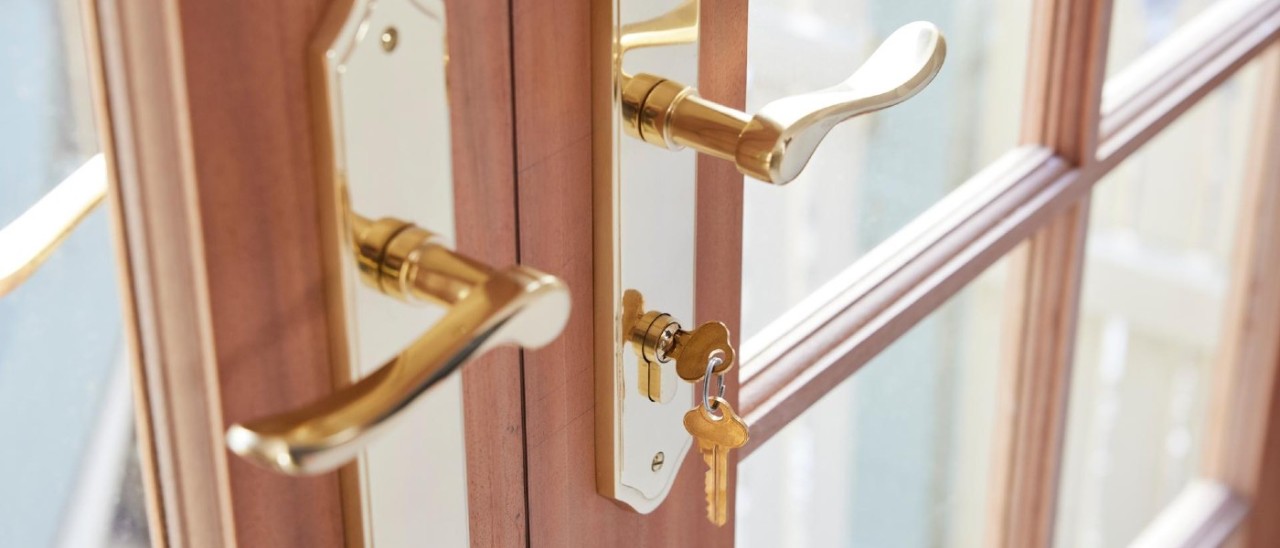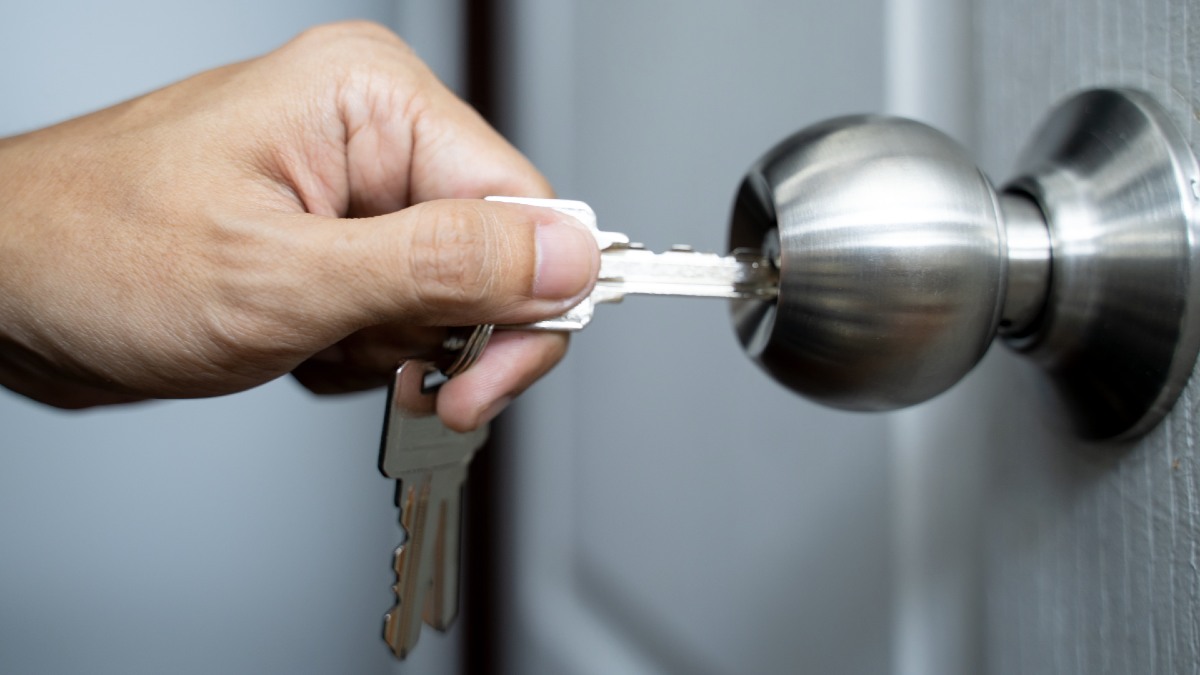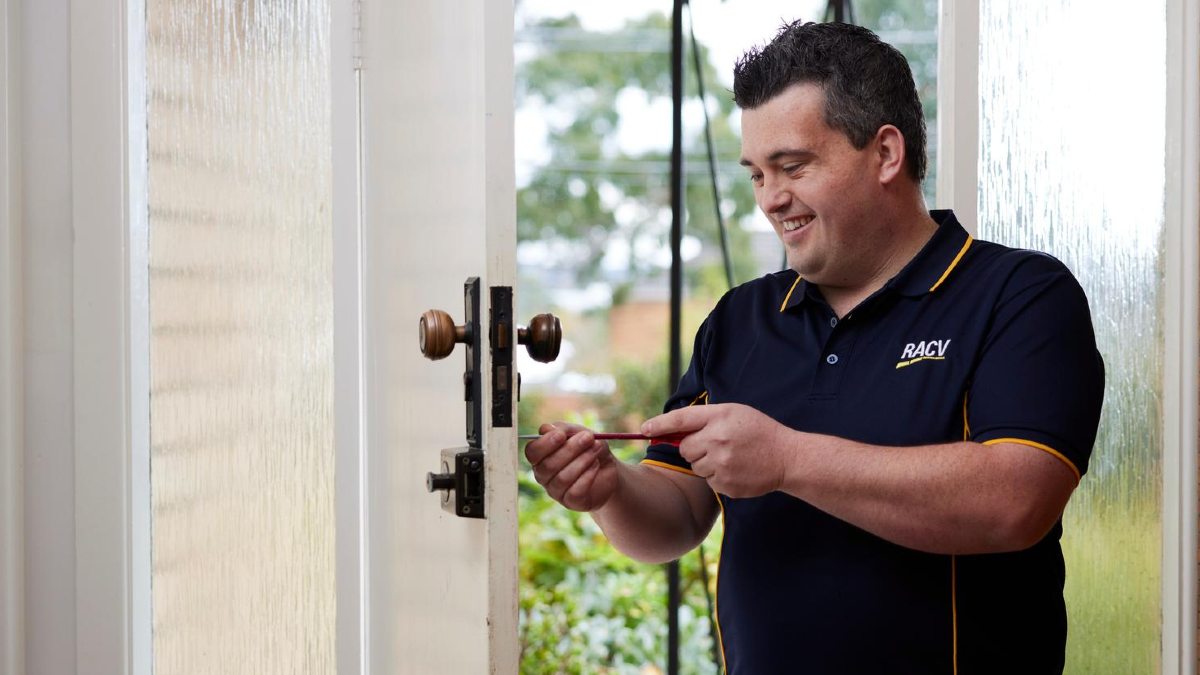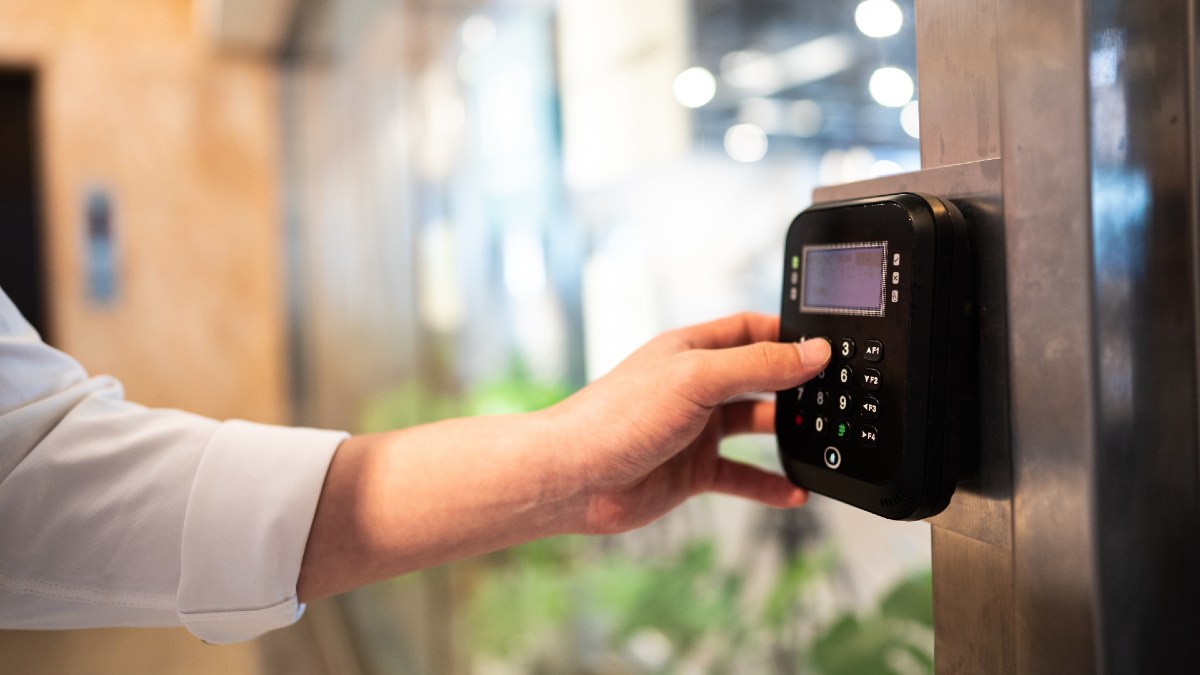Your home is a top target for burglars when you go on holidays. Here’s what burglars are looking for when they break and enter your home, plus how to safeguard your house.
Guide to the best locks for front doors and other entrances

Keeping your doors securely locked is the key to improving your home security. Find out which types of door locks are the best and safest, and most secure for your home.
With home security top of mind for many, homeowners are looking into different security solutions to help protect their home. If you’re looking into upgrading your home’s security, don’t forget the humble door lock.
“Doors locks are your first defence when it comes to unwanted ‘visitors’ in your home, office or vehicle,” says Shane McBride from Casey Locksmiths, a provider for RACV Trades. “If locks are installed and used correctly, they can stop an intruder entering your space. But if locks are not used correctly, then you have just made the intruder’s job easier to steal your possessions.”
Remember to secure all doors on your property, as burglars will often break in through side, rear and garage doors.
Best types of locks and latches for your home doors and front door
Knob or lever handle lock
Conventional locks feature a keyed lock fitted into the door’s knob or lever handle. These are lock-and-barrel mechanisms that can be opened by a key that fits its internal pin tumblers. Once you insert the correct key, the internal pins are raised, and the door is unlocked.
While convenient and easy to use, these locks should not be used as your primary door lock. Firstly, because the lock is located on the handle, a burglar can simply break off the knob and twist the latch to access your property. Otherwise, firm downward pressure on a locked lever handle can usually open the lock from the inside – which is why these types of locks are best used on internal doors in commercial properties, or residential homes inhabited by elderly or disabled people.
More: Home security guide: CCTV, alarm systems and monitoring

Knob and lever handle locks are susceptible to break-ins and should not be your primary door lock. Image: Getty
Deadbolt lock
“Deadbolts or deadlocks on front doors are certainly a great first line of defence from intruders,” McBride says. These are strong, heavy-duty locks commonly used on exterior doors for security against breaking-and-entering. Solid metal cylinders lock the door to its frame by protruding through the door jamb and into a hole in the wall.
Unlike conventional spring bolt locks, which use a spring to hold the bolt in place, deadlocks have no springs. They require much more force to pry back, preventing would-be burglars from levering the door open. Deadbolts are also more time-consuming to lockpick than other keyed locks, which is a big deterrent to potential burglars, who don’t want to be caught in the act. “If a particular door/window takes an intruder longer to gain entry, most likely they will either give up or be deterred from even trying,” McBride says.
Deadbolts come in single- or double-barrelled varieties to allow for keyed entry on one or both sides of the door. Double-barrelled deadbolts may be a fire risk if the door needs to be used as an emergency exit. Single-barrelled deadlocks feature a twist knob on the inside of the door that can simply be turned by hand to disengage the bolt. Many keyless (digital or smart) locks use deadbolt cylinders too.

Qualified locksmiths can install deadlocks on many doors, helping to secure your home.
Smart lock
Smart locks (sometimes called keyless locks) are becoming more common as technology progresses. Once they were used only in hi-tech security facilities, but now they are being installed in Australian homes that value additional safety.
Magnetic sensors, RFID chips, radio remote controls and number pads are the most popular options, although particular hi-tech locks may use thumbprint or retinal scanners, voice recognition or biometric imaging. Most electronic keyless entry locks rely on battery power rather than mains power, so they still work in blackouts and power outages.
Smart locks treat the correct data input – whether that’s a PIN typed in or a successful fingerprint scan – like a key and automatically slide back the bolt to allow entry. Because there is no traditional lock, it is impossible for burglars to pick the lock: they would have to possess the right data. PIN smart locks are ideal for business and rental properties because new tenants can change the code rather than getting new keys cut.
“We will likely see more smart locks in the future, but also the traditional key-and-lock mechanism will still be around for many years to come, as most smart locks will require a back-up operation in case of power failure or internet connectivity issues,” McBride says. “Their software technology is getting better every day and people like convenience, so smart locks will continue to grow in the market.”
More: Smart home dangers: cyber security risks of smart homes

There are a variety of smart locks available that use PINs, RFID chips, magnetic sensors or even biometrics to open your doors. Image: Getty
How to prevent forced entry into your home
Choose doors made of solid materials
Solid wood, fibreglass, UPVC or steel doors are your best bet for security, although steel doors can be heavy and expensive. Stay away from wooden composite doors, especially ones with hollow cores, which can crack under enough force (such as a burglar kicking).
Installing a security door that adheres to Australian Standards in front of your main door provides a secondary security measure. “Security doors are also great as another line of defence, as that creates another barrier to intruders – not to mention, you can leave your main door open to allow for breeze on a nice day,” McBride says.
Install steel door frames
Even deadbolts can be defeated if they lock a door to a flimsy frame. If a burglar can kick the door’s hinges out of the frame, the lock won’t be much use. Sturdy steel door frames can be installed using existing wooden frames, but the type of lock you want must work with your frame.
“Some locks are designed to work on some door frames and not others,” McBride explains. “For example, some new homes have metal door frames, while most ‘standard’ locks you see from retail outlets offer locks to suit timber frames only.”
More: How to improve the security of your driveway or carport

Security screen doors provide an extra level of protection against burglars. Image: Getty
Use deadbolts wherever possible
“We are finding that in eight out of ten homes that we attend where a break-in has occurred, there was no deadlock installed on the forced door,” McBride reveals. “Had the correct deadlock been installed by a professional locksmith, it would have certainly made it a lot harder for an intruder to gain entry into the home.”
“While I’ve learnt early in my career as a locksmith that we can never guarantee that your house is 100 per cent secure, fitting deadlocks, window locks and showing customers the way a lock works most effectively is the best deterrent we can provide a customer.”
Get locks installed by a professional
Nathan Tayeh, RACV Senior Product Manager for RACV Trades, recommends choosing professional lock installation over trying to do it yourself.
“Some new doors and door hardware are not cheap and installing them is not as easy as it sounds,” says Tayeh. “The professionals make it look easy and it’s taken them years of experience to get to that point. Aligning the door correctly, notching out hinges and installing the right hardware is difficult to get right. These are the types of jobs you want a professional to do, so you get a professional finish on your investment.”
Talk to your locksmith
Remember that not all locks suit all doors, and you might have particular requirements for your property.
“Locks come in some different styles, colours and functions. When you’re obtaining a quote from your locksmith, ask them what the best option for your door is,” McBride advises. It's important to make sure the locksmith you use is fully accredited, licensed and insured.
Other questions to ask include:
- What brand of lock do you suggest?
- Are there any other options?
- Why do you think that lock is the best for my property?
- What is the warranty for locks, parts, labour and services?


